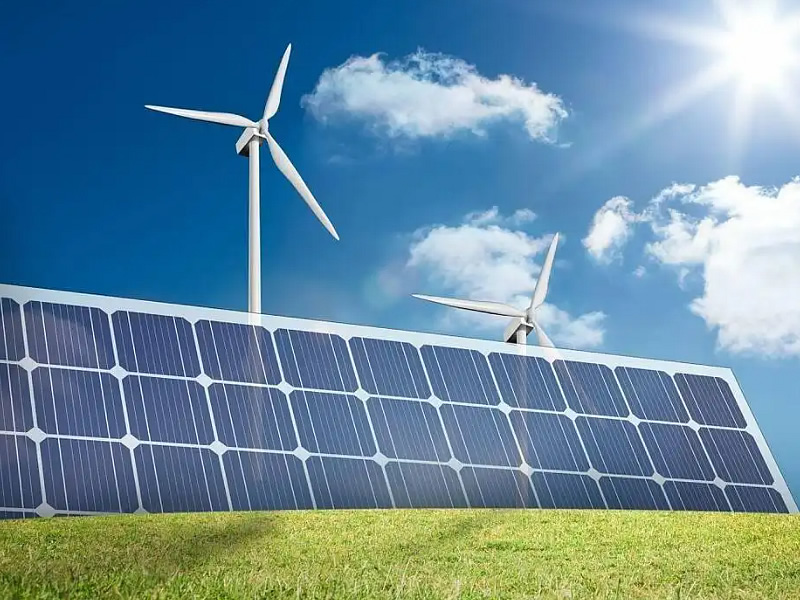
Energy storage involves a wide range of fields. According to the forms
of energy involved in the energy storage process, energy storage
technology can be divided into physical energy storage and chemical
energy storage. Physical energy storage is the storage of energy through
physical changes. It can be divided into gravity energy storage,
elastic energy storage, kinetic energy storage, cold energy storage,
superconducting energy storage and super capacitor energy storage. Among
them, superconducting energy storage is the only technology that
directly stores current. Chemical energy storage is to store energy in
substances through chemical changes, including secondary battery energy
storage, liquid flow battery energy storage, hydrogen energy storage,
compound energy storage, metal energy storage, etc. electrochemical
energy storage is the general term of battery energy storage.
When
renewable energy has become the mainstream of the market, energy
security has become a new challenge. Whether it is the safety and energy
density of energy storage technology after large-scale expansion, or
the possibility of secondary disasters caused by energy storage
configuration after disasters, the existing energy storage technologies
have not reached the level of undertaking super large-scale strategic
energy reserves. From the perspective of energy density, the most
probable direction of super large-scale energy storage technology in the
future is pure chemical energy storage, such as hydrogen energy
storage, methanol energy storage, metal energy storage, etc. Large
energy companies have certain resource advantages in the development of
large-scale energy storage technology, which can undertake most of the
energy security tasks.
 Ring-lug Temp. Sensor for Energy Storage Battery
Ring-lug Temp. Sensor for Energy Storage Battery Energy Storage Battery Temp. Control Sensor
Energy Storage Battery Temp. Control Sensor Nickel Temp. Sensor for Battery
Nickel Temp. Sensor for Battery MF51 Glass Sealed Radial NTC Thermistor
MF51 Glass Sealed Radial NTC Thermistor MF52 Series Epoxy Sealed Radial NTC Thermistor
MF52 Series Epoxy Sealed Radial NTC Thermistor MF58 Series Glass Sealed Axial NTC Thermistor
MF58 Series Glass Sealed Axial NTC Thermistor CWF1 Series Epoxy Sealed Radial NTC Thermistor with Insulated Lead Wire
CWF1 Series Epoxy Sealed Radial NTC Thermistor with Insulated Lead Wire